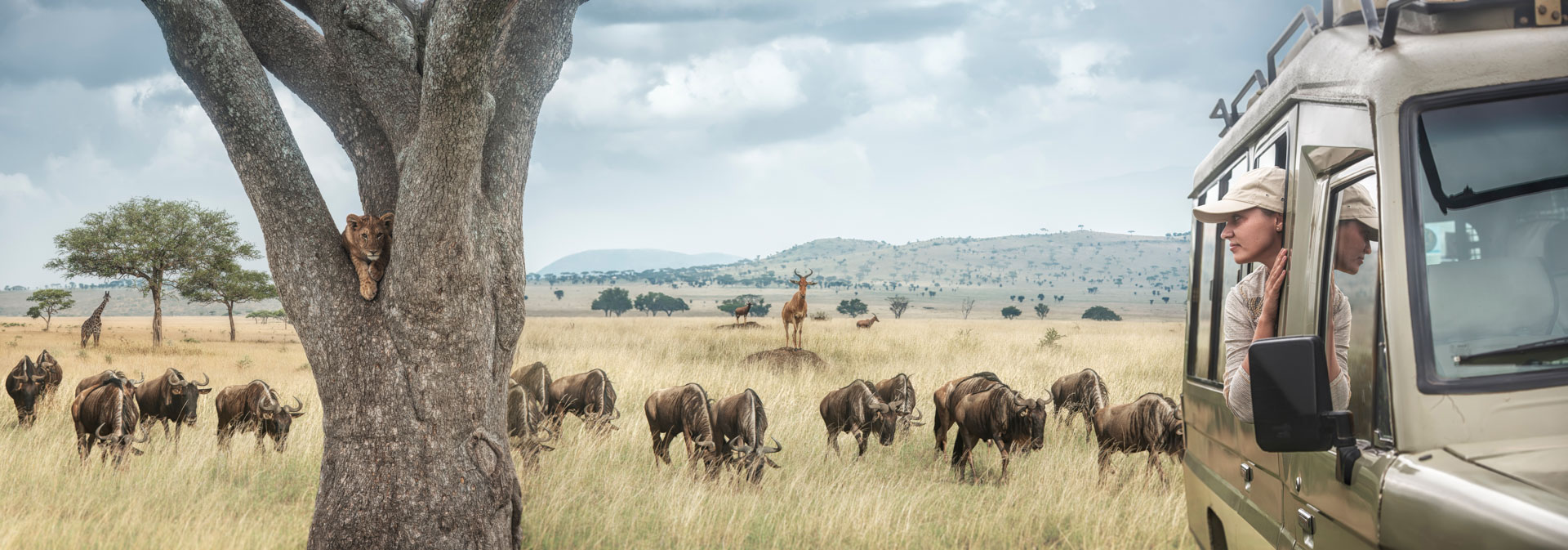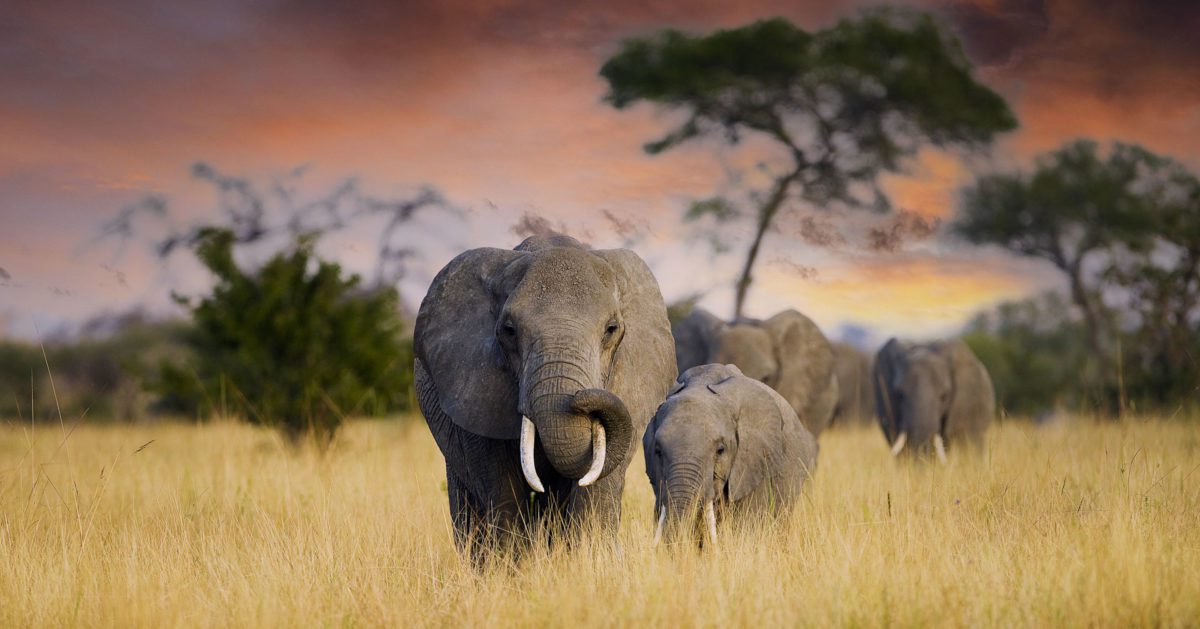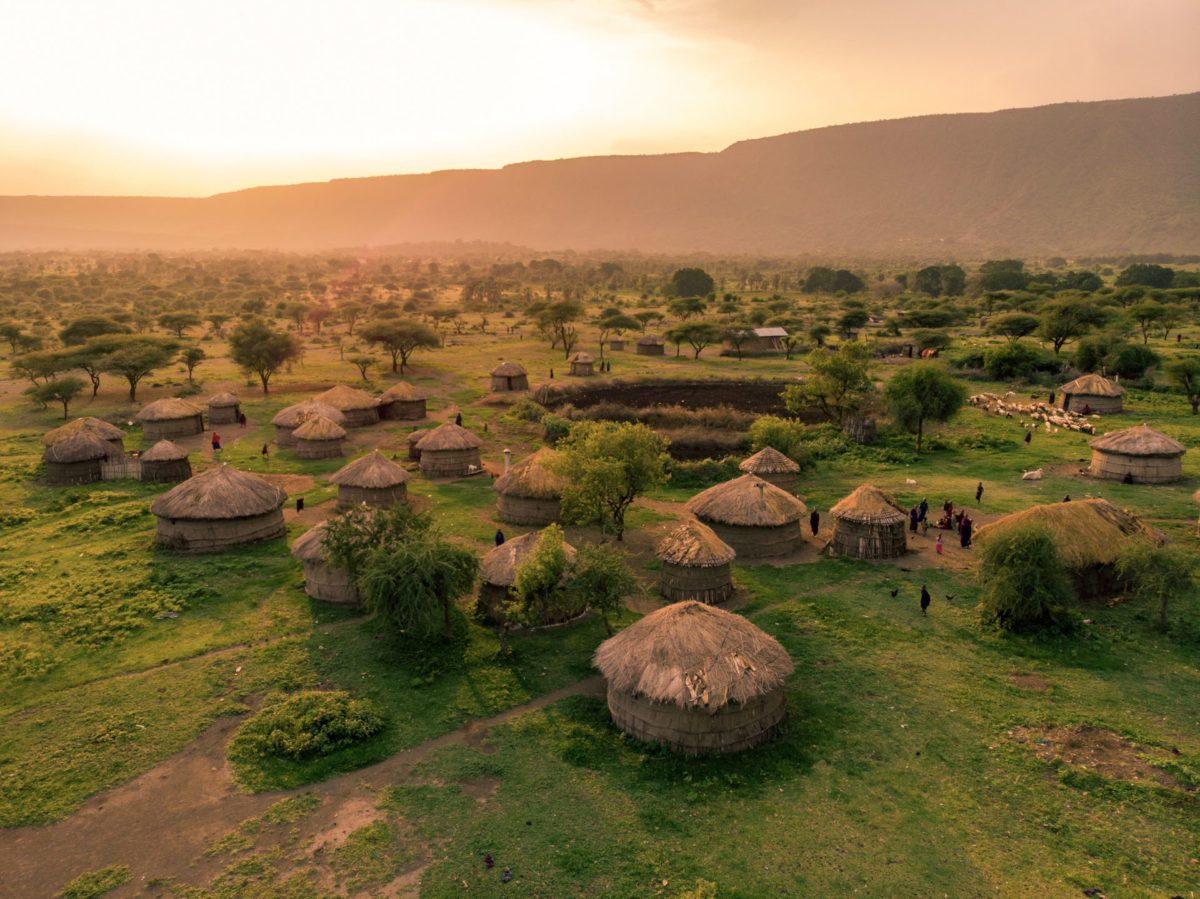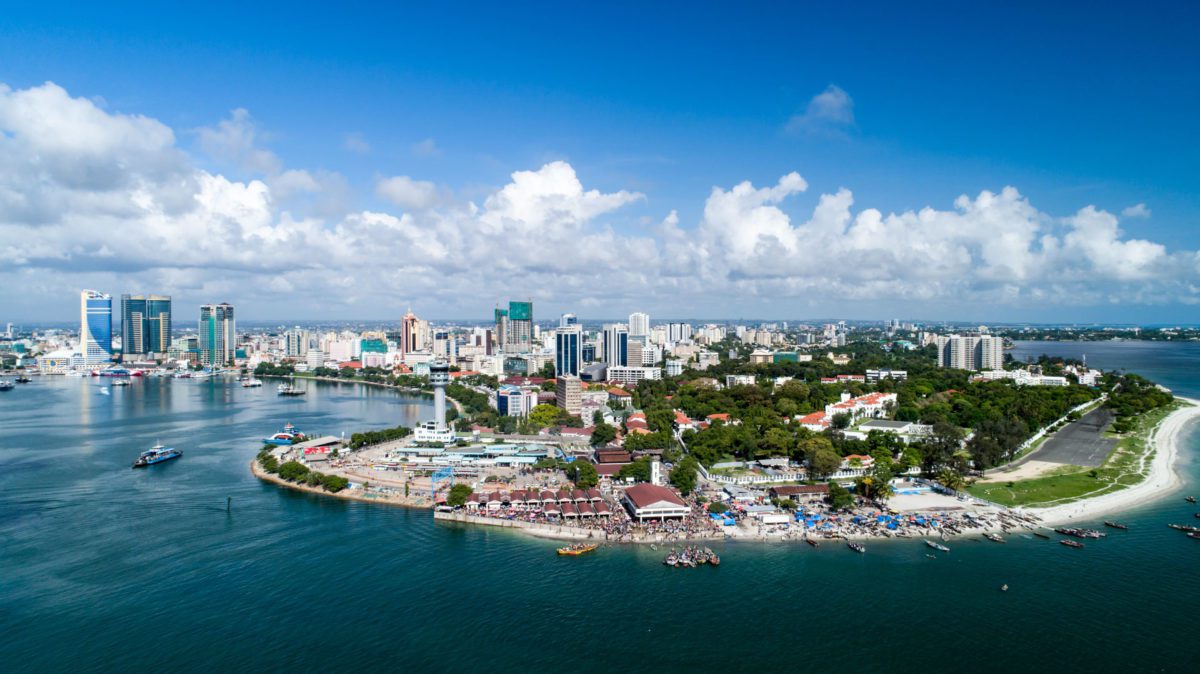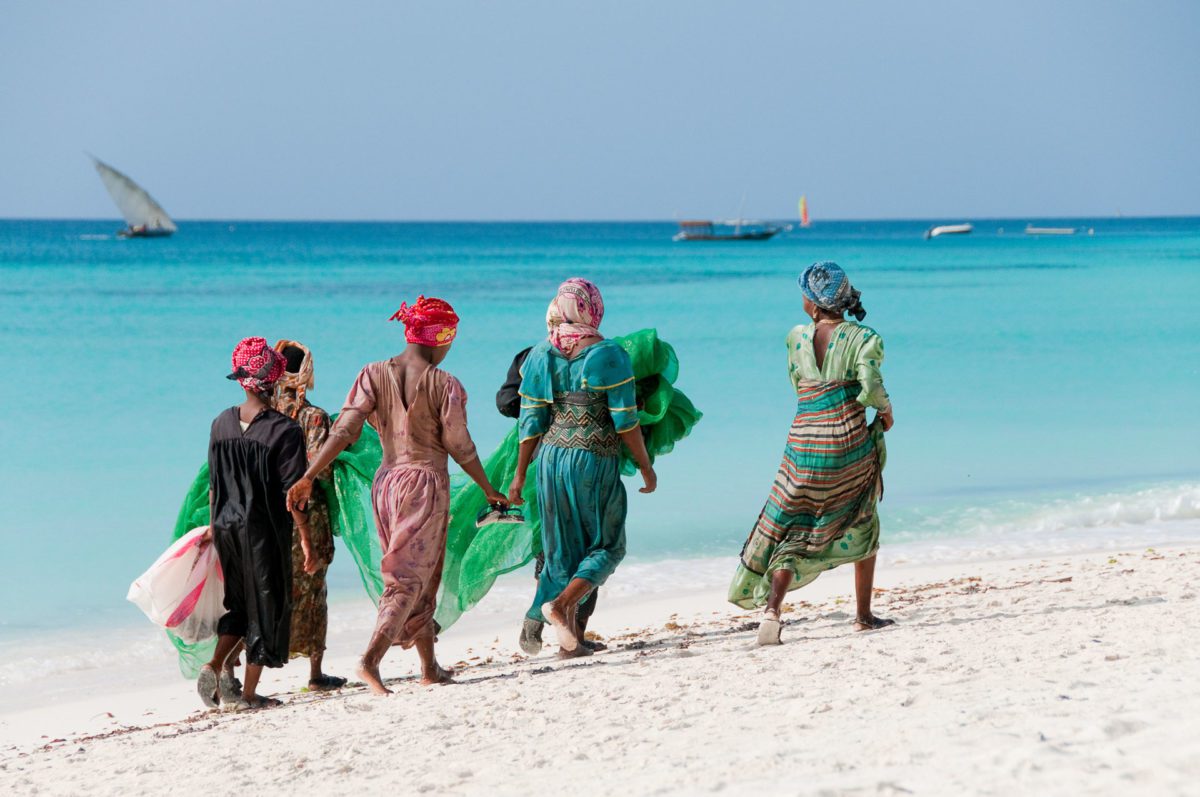Tanzania is a nation of superlatives: Lake Victoria is the largest lake in Africa; Mount Kilimanjaro is the highest point on the continent; and the massive wildebeest migration on the Serengeti is called the “greatest show on Earth.” Plus, the simple fact is, the east African country is home to the most wildlife of any nation.
Tanzania is so closely associated with the biggest and most dangerous African mammals that even the nation’s currency features depictions of elephants, lions and black rhinoceroses.
The diversity and quality of wildlife in Tanzania is unrivalled: the whale sharks of Mafia Island, the chimps of Mahale, the giant “tuskers” of Tarangire, and what’s known as the Big Five: elephants, lions, rhinos, leopards and cape buffalo, those creatures most difficult to spot.
In the northeast, Kilimanjaro stands 19,340 feet above sea level, the highest point in Africa. But get this: it’s hikeable – no special gear or skills required … just a lot of stamina and determination. Give your body time to adjust to the changing altitudes by planning on six days to hike from the rain forest at the mount’s base to the snow-capped summit.
But be forewarned. This is the Kilimanjaro of “Snows” fame (Ernest Hemingway), the world’s tallest free-standing mountain, the climb that 30,000 people attempt each year and a third don’t complete, mostly due to altitude-related problems.
The dormant volcano’s location near the bustling tourist city of Arusha in northern Tanzania puts you on the threshold of the Serengeti National Park and the world’s largest caldera, Ngorongoro Crater. Both are teeming with wildlife.
Nearly 30% of Tanzania is national parkland, with the massive, unspoiled Serengeti serving as the crown jewel. You’ll see the Big Five, plus zebras, gazelles, spotted hyenas, impalas, buffalo, giraffe, flamingo, wildebeest – and some species you might not expect: pythons, Fischer’s lovebirds and camels.
From Arusha, one can arrange the Serengeti safari of one’s dreams. They come in all shapes, sizes and price points, from sleeping under a canvas tent to luxuriating in a posh lodge.
Make time for the big show, the greatest wildlife migration on Earth, as nearly two million wildebeest, zebra and gazelle move in a circular pattern between Tanzania and Kenya in search of fresh pastures, brought to life by recent rains.
The migrating animals generally spend the first half of the year on the lush southeastern Serengeti plains, lolling around, grazing and having babies in January and February. What a sight – 300,000 to 400,000 newborn wildebeest calves, all born within weeks of each other and able to run with the herd only minutes after birth.
The migration does get a bit dicey when the animals cross a network of Serengeti rivers, including the Grumeti and the Mara, where crocodiles tend to congregate. On land, other dangers lurk in the form of jackals, hyenas and lions.
In western Tanzania on the shores of Lake Tanganyika (the world’s second-largest freshwater lake), a small national park called the Gombe Stream is home to a surprising assortment of primates: chimps, red colobus, baboons and, of course, all manner of monkey.
The well-known sanctuary is where Jane Goodall did her ground-breaking research on chimps in their natural habitat. The Kasekela chimp community still lives there.
Dar es Salaam may be Tanzania’s pulsating commercial heart, but a short ferry ride away is legendary Zanzibar, the Spice Islands, the place to kick your hiking boots off and enjoy powdery white sand beaches, blood-orange sunsets, superb diving and a variety of outstanding restaurants.
Stay at the Residence Zanzibar, nestled in tropical gardens along a mile-long beach. Indulge yourself in their fabulous spa.





















